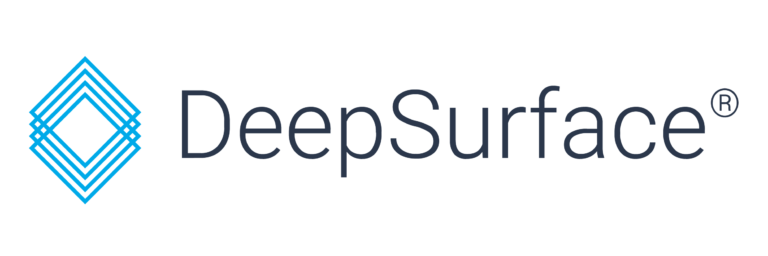With increasing online threats and a massive shift to remote work over the past two years, it’s no surprise that cybersecurity risks are a top concern for businesses in 2022. Cyber incidents top the Allianz Risk Barometer for the “most important global business risk” in 2022, accounting for 44% of the survey’s responses.
Despite the maturity of vulnerability scanners in the market, the critical steps of analysis and risk prioritization are still a largely manual process for cybersecurity teams. Teams can spend hours analyzing a single vulnerability (e.g. PrintNightmare or Log4j) and finding cybersecurity talent is getting harder for all organizations, especially those in highly-regulated industries.
Here are four signs your organization’s vulnerability risk analysis process is outdated, and how you can leverage modern technology to more effectively reduce risk at your organization.
1. Your Tech Stack Ends With Your Vulnerability Scanner
There’s no doubt that an effective scanning tool is an essential component of any cybersecurity tech stack.
But scanning tools are not designed to incorporate the context of your unique digital infrastructure, predict real business risk, and prioritize vulnerabilities accordingly. If your tech stack ends with a scanning tool that provides basic signals to your team, your risk analysts will inevitably spend hours analyzing vulnerabilities that might not pose any real threat to your business. Meanwhile, more dangerous vulnerabilities can go untouched. A blanket “patch everything” approach to scanner data can be even worse, adding unnecessary patching risk and spending scarce IT resources unproductively.
2. Your (Overworked) Team Of Analysts Is Prioritizing Vulnerabilities Manually
With the number of CVEs growing exponentially, time is the most important resource when it comes to vulnerability risk analysis. Today, cybersecurity teams are inundated with more vulnerability signals than they can possibly address. Without a tool that automates analysis and prioritization, analysts waste time on false positives and non-exploitable issues.
Using a vendor-supplied CVSS score to measure risk has been proven ineffective, and causes analysts and IT to chase every so-called “critical” vulnerability instead of tackling the vulnerabilities that impute real risk. Modern cybersecurity teams need a system that automatically incorporates context such as users, permissions, configurations, and activity to prioritize vulnerabilities by real risk.
3. Stakeholders Have Little Visibility Into Key Cyber Risk Metrics
Your risk analysis process needs an upgrade if key business stakeholders such as the CIO, CEO, and board lack objective risk metrics and visibility into the ROI of cybersecurity spending. You are not communicating risk reduction if all of your reporting is centered around counting and closing vulnerabilities.
Without vulnerability assessment reports that quantify and communicate objective risk, stakeholders in your organization won’t have the data they need. Executive teams will be reluctant to invest in your vulnerability risk analysis strategy if they can’t see how this spending benefits their organization.
4. You’re Worried About Industry Compliance Requirements
An outdated vulnerability risk analysis process can also leave you worried about meeting ever-changing compliance requirements. Modern cybersecurity strategies require platforms that stay up to date with industry regulations, which often change from year to year for highly-regulated industries.
Non-compliant processes put your business and your customers at risk, and open the door to fines and lawsuits. If you’re not sure whether or not you meet your industry’s requirements, it might be time to take a closer look at your tech stack and learn how modern vulnerability management applications can make you more secure.
* * *
If any of these hold true for your business, it might be time to invest in your vulnerability risk analysis strategy and explore modern vulnerability management solutions. To learn more about DeepSurface’s automated vulnerability prioritization platform and how it demonstrates the technical proof of security risk, get in touch with our team today.
